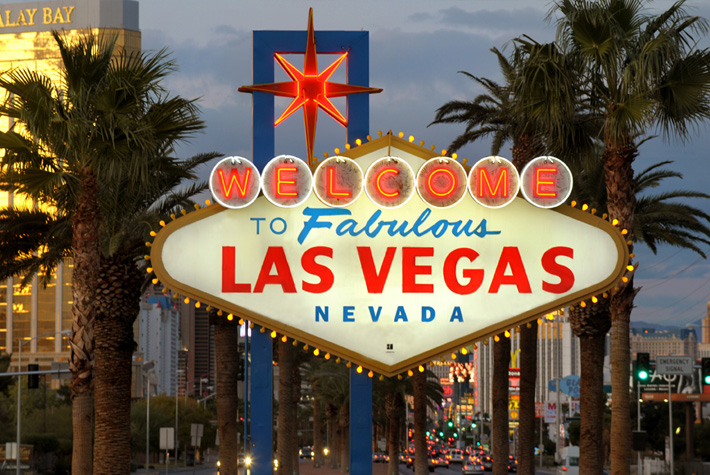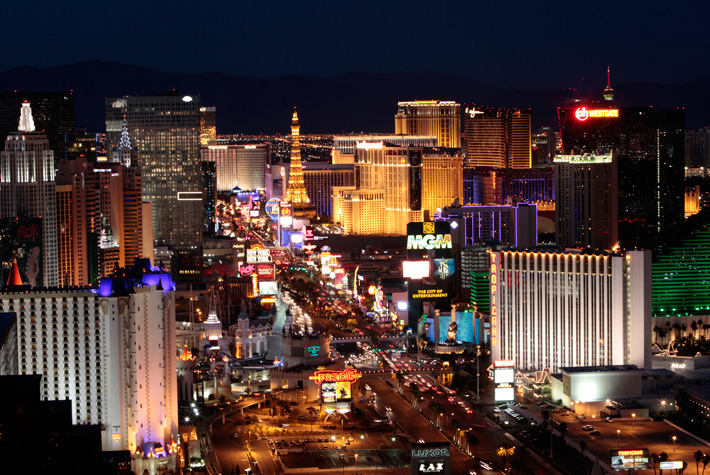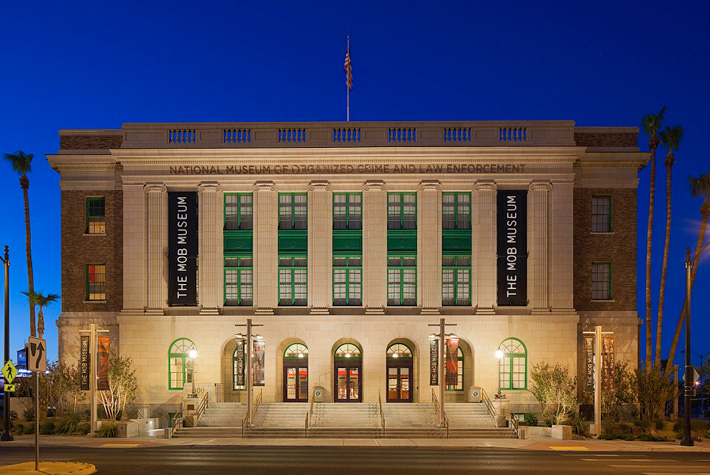Las Vegas
True stories are brought to life in a bold and contemporary style and the tales are so intriguing they certainly need no embellishment.
It is here the biggest players, and the brave agents of the law who made a career out of fighting them, are bought to life.
The stories of Al Capone, Louis “Lepke” Buchalter, Dutch Schultz, Dion O’Bannion, Albert Anastasia, Moe Dalitz, Lucky Luciano and Joseph Bonanno are featured.
The museum is also home to more than 600 artifacts including the brick wall from the St Valentine’s Day Massacre where seven men affiliated with the Moran gang were murdered by the South Side Italian gang led by Capone in Chicago on February 14, 1929.
Another high-profile artifact is the barber’s chair where Al Anastasia was sitting when he was murdered in New York City on October 25, 1957.
Anastasia, aka Lord High Executioneer, was the boss of the Gambino crime family, which operated a gang of hit men and contract killers known as Murder Inc that was estimated to have killed between 400 and 700 people.
Most of the cases were never solved, just like the murder of Anastasia.
The museum uncovers the underworld without glorification and looks at events and people on both sides of the stories.
Facts are presented in a bold approach with experiential and interactive experiences.
There are high-tech theatre presentations and real FBI surveillance tales can be heard on wiretapping equipment.
Guns, weapons, customised jewellery, personal belongings and hundreds of photographs are among the many other artifacts housed within the museum.
The three floors feature gallery rooms with intriguing themes such as American Underworld, A Tough Little Town, Open City, The Game Continues, We Only Kill Each Other, Bringing Down the Mob and the Myth of the Mob.
Museum curator Kathleen Barrie says the story of the Mob is a story of America.
“Through the interpretive program of the Mob Museum, visitors will understand where the connections are, how organised crime, Mob activity and law enforcement ran parallel and then collided at certain points,” she says.
“It is a fascinating story that plays out through the museum experience.”
A visit to the museum starts on the third floor with an elevator ride recreating a police department environment of the 1950s.
It sets the stage engrossing visitors in the history, the rise of the Mob, its arrival and development in Las Vegas and law enforcements to counter crime.
On the second floor the story continues in the historic courtroom and exhibits on the third floor deal with law enforcement and how federal officials confronted organised crime.
The Mob Museum is well worth a visit and provides a fascinating glimpse into this underworld — no secret handshakes, knocks or passwords are necessary.
Sue Wallace
© Copyright The Finer Things





